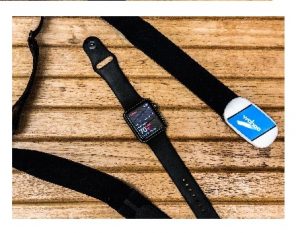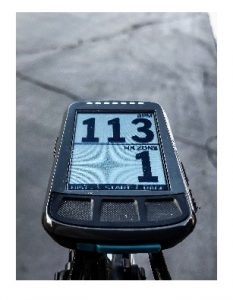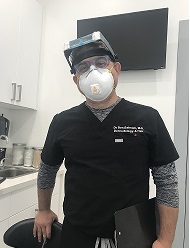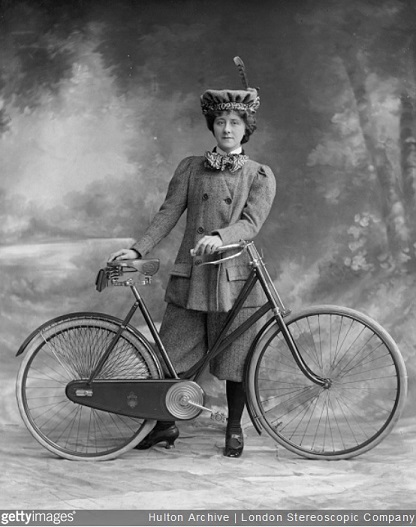Heart Rate Monitors

Photo by Julio Barajas
Monitoring your heart rate in real time can help you to know your current effort, and when to push a little harder or ease up. Although it may not be as concrete a number as a power meter, it can still be useful for those who are looking into upping their training to gain strength, endurance, or watching your effort on a recovery ride.
Types of Heart Rate Monitors
Two of the most common heart rate monitors used by athletes are a chest strap or a watch. Reliability can vary between the two but it all boils down to what you feel the most comfortable wearing.
Devices such as an Apple Watch, Garmin, or Fitbit put the convenience of a heart rate number on your wrist. Some find the simplicity of monitoring their heart rate on a GPS computer with a chest strap safer than having to take glances at their wrist while pedaling a bike.
Maximum Heart Rate
Finding your max heart rate is important when training to ensure you aren’t going beyond your maximum effort, burning out before you complete your activity. Keep in mind, the higher your heart rate during physical activity the higher the exercise intensity. How do you gauge your intensity level of exercise? According to Health and Human Services, (HHS.gov), “Aerobic activities make you breathe harder and your heart beat faster. Aerobic activities can be moderate or vigorous in their intensity levels, and range from 60-85% of your maximum heart rate. A general guide to use: For moderate activities you can talk, but you can’t sing. With vigorous activities, you can only say a few words without stopping to catch your breath.” HHS recommends healthy adults mix moderate and vigorous aerobic activity weekly for maximum benefit, e.g., moderate – at least 150 minutes or 75 minutes of vigorous aerobic activity. Make two of your weekly sessions strength training, e.g., weight lifting or rock climbing. Note that cycling is not considered weight training.
A simple way of getting a good estimate on your max heart rate is to calculate 220 minus your age. For example: 220 – 40 yr = 180. This number would be your max heart rate.
If you’d like a more accurate number, you can request a test be done at a training facility near you, or by requesting this test from your personal physician. This test is referred to as a VO2 max test and is a series of fitness tests that will assess your current fitness level and your max heart rate.
Heart Rate Zones

Photo Julio Barajas
When training with a heart rate monitor and looking up training plans online, you will often hear about training zones. Training zones vary from 4-6 zones but the same idea applies in that it provides a number from which your heart rate intensity is rated, and each zone will be generated based off of your maximum heart rate.
Though your heart rate can vary depending on external factors, a heart rate monitor is a great way to begin your journey increasing your endurance, strength and achieving your fitness goals.
Consider your goals first. Are you exercising to lose weight, train for competition, improve fitness level or some combination? Once you decide on your goals, you can determine the appropriate level of exercise intensity. If a beginner, be realistic, don’t overdo it. Overdoing your plan can lead to burnout and you will quickly lose interest. Talk to you doctor first, especially if you have a medical condition.
Women Bicycling is a Registered Trademark























